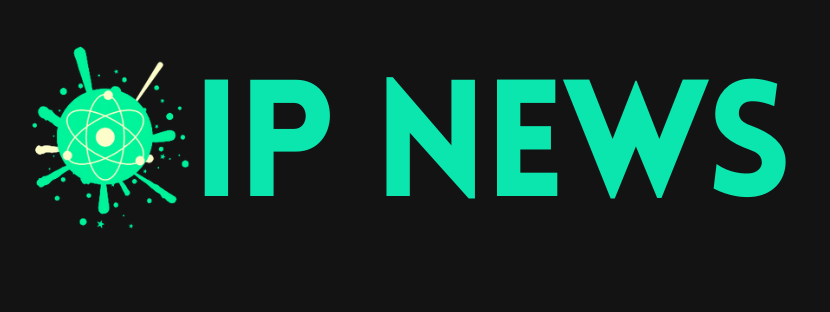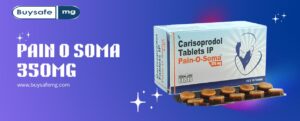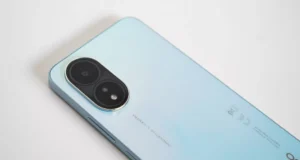Beyond Alerts: Building Clinical Decision Support That Actually Works
The purpose of clinical decision support is to aid in decision-making. Instead, they face systems that interfere with clinical flow,...

The purpose of clinical decision support is to aid in decision-making. Instead, they face systems that interfere with clinical flow, add to cognitive load, and frequently fail to get the message. The truth is terrible. Additionally, as a practitioner, you are probably already paying the price in wasted time, missed patients, and compromised results.
Let us examine the actual issue. What characteristics Clinical Decision Support (CDS) has to have in order to be successful, why it is not working, and how new platforms are genuinely altering the landscape.
When Providing Clinical Decision Support Turns Into a Task
The goal of CDS tools is to decrease friction. Rather, they frequently take the opposite action:
- Never-ending notifications with little priority
- Suggestions that are unrelated to the current situation
- Static procedures that do not change to accommodate special situations
- Risk assessments that do not provide a course of action
Real-time relevance is what most physicians need, not another cue. However, CDS consistently fails to deliver that.
Designed to Meet Billing Needs, Not Patient Results
There are several CDS systems for documentation and compliance. They
- Checkmarks for high-quality programs
- Boost billing procedures
- Assist with administrative metrics
They seldom ever assist with real clinical thinking. It treats the primary role, which is to assist in medical decision-making, as secondary.
Additionally, physicians are left with bloated systems that malfunction when pressured in real time.
Essential Features of an Effective Clinical Decision Support System
To be considered “Clinical Decision Support”, a system should be capable of more than just keeping an eye on surface warnings and vital signs. What providers truly require is as follows:
| Core Requirement | Purpose |
| Live patient context | Integrate what’s happening now |
| Targeted treatment logic | Patient-specific, not protocol-driven |
| EHE-naive operation | Avoid toggling across platforms |
| Forward-predictive flags | Risk scoring that predicts and guides |
| Actionable next steps | Recommendations that lead somewhere |
The Words of Frontline Teams
Four main concerns consistently surface when we speak with those who use these technologies daily:
1. Constant Alert Fatigue: A single shift with hundreds of alerts. Mostly unimportant. In order to maintain concentration, clinicians have learnt to disregard them.
2. There is no environmental context: CDS lacks knowledge of access concerns, health literacy, and socioeconomic factors. It assumes that the patient is perfect and will always comply.
3. No Communication Between Systems: It is unnecessary to have a CDS linked to only one data source. To obtain a complete picture, providers must switch between EHRs, laboratories, and pharmacy data.
4. No Accountability Loop: There is no feedback loop if the system delays assistance or makes a mistaken call. Even when results are poor, the CDS remains constant.
The Time Sink That Nobody Discusses
As of the right moment, clinicians cross-verify CDS prompts 25–35% of the time. The provision of care does not take up this time. Rather, it is used to navigate technology that was not created with clinical realism in mind.
What suffers is as follows:
- Quick lab evaluation
- Empathy and patient dialogue
- Coordination between teams
Even worse, the majority of this work produces no discernible increase in results. There is no one-size-fits-all solution in the real world.
- A tertiary care hospital’s CDS tool will be a complete failure in:
- An outpatient clinic in a remote area
- A setting for transitional care
- A community hospital with inadequate facilities
Why?
- Need constant connectivity
- Unable to adjust to data gaps
- Ignores variations in process or available resources
CDS has to be as flexible as the care settings it intends to assist.
True Intelligence, Not Additional Information
Data is abundant in the healthcare industry. What is absent is:
- Context
- Interconnection
- Actionability
Systems must do the following to transition from raw data to genuine intelligence:
- Draw from both organized and unorganized sources.
- Recognize care routes in addition to clinical codes.
- Use a score system that directly feeds the intervention rationale.
A CDS is nothing more than noise if it is unable to bridge the gap between detection and action.
Redefining the Clinical Decision Support Standard
The following must serve as the cornerstones of modern CDS:
- ML and AI: To see trends rather than merely adhere to regulations
- NLP: Making sense of unstructured provider notes
- Intelligence of the Program: Recognizing a patient’s placement inside the CCM, RPM, or ACO frameworks
Systems that satisfy this requirement can:
- In real time, addressing unmet care gaps
- Notifying when thresholds for quality measures are in danger
- Matching value-based program objectives with intervention recommendations
Technical Non-Negotiables Under the Hood
Let us refrain from referring to CDS tools as “intelligent” until they provide:
| Feature | Why it Matters |
| Real-time sync with EHR | No lag means real-time guidance |
| Modular logic engine | Adapts based on incoming data |
| Patient-specific pathways | Decisions based on context, not averages |
| Automated care gap tracking | Flag problems without needing manual checks |
| Risk scoring and actionable links | High risk without intervention isn’t supported |
| NLP-powered engine | Turns notes and comments into data points |
| Unified longitudinal record | Avoids fractured data silos |
What Physicians Truly Desire From CDS
This was evident from discussions with more than fifty active clinicians:
- Low-noise, prioritized notifications
- Immediate background information about the problem
- Not information dumps, but clear next steps
- Integration of native interfaces
Clinical Support: Transitioning from Static to Responsive
CDS platforms must develop into the following types of systems:
- Predictive: Take action before things worsen.
- In alignment: Using billing models and care programs
- Integrated: Within the routine clinical process
- Self-enhancing: Make adjustments based on actual results.
This is not a condition of the future. To make CDS relevant, it is the bare minimum.
An Actual Case of Intelligent CDS
Few platforms have done a good job of implementing this goal, but CareTrak® stands out as an example of how clinical decision support will develop in the future.
More than 1,000 integrated evidence-based clinical pathways
- Support for several programs, including ACO, VBC, SDOH, CCM, and RPM
- Monitoring in real time in various care contexts
- Real-time risk assessment and contextual direction
- Smooth two-way communication with current EHR systems
CareTrak® is more than simply a detector. It provides direction. It links practical solutions to clinical risk and monitors those solutions over time.
When assessing CDS solutions, Persivia’s CareTrak® provides a tangible illustration of what the upcoming CDS generation can and ought to do.






